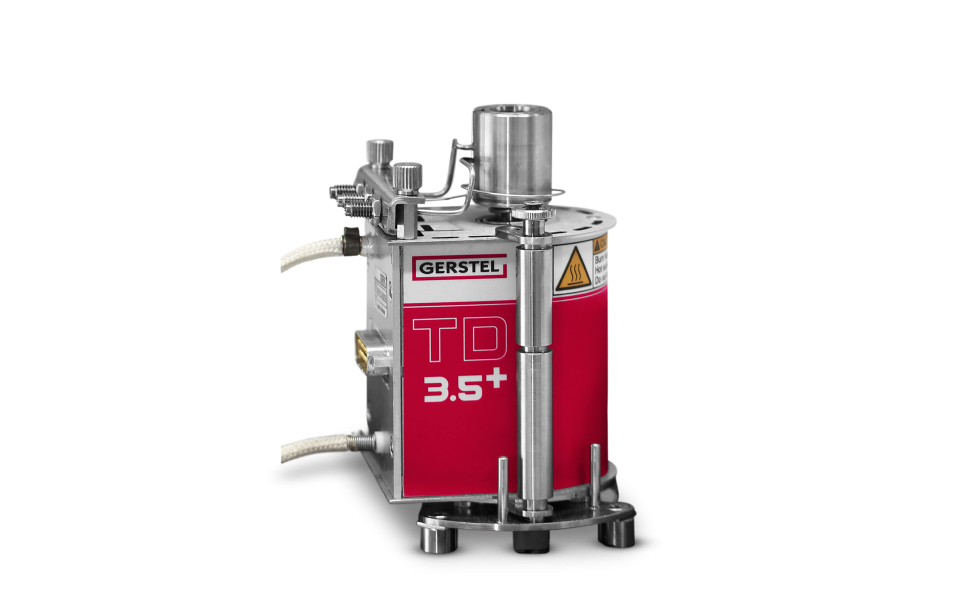When performing thermal desorption, analytes from air samples collected previously in sorbent tubes are subjected to gas chromatography (GC) analysis and evaluation. Thermal desorption is therefore ideally suited to the measurement of volatile and semi-volatile organic compounds when performing trace analytics. Thermal extraction is a variant of thermal desorption, in which a small quantity of the sample is used in place of the adsorbent and the analytes are released from this due to the application of heat. In both approaches, time-consuming, manual, solvent-based sample preparation steps are avoided.
GERSTEL thermal desorption systems not only allow the thermal desorption of volatile or semi-volatile substances from standard sorbent tubes, but also the thermal extraction from solids and liquids. When performing thermal extraction, a small quantity of the sample is either placed in an empty thermal desorption tube or, in the case of a liquid sample, in a glass micro vial (µ-vial) inside an empty thermal desorption tube. The sample is then heated while being subjected to a flow of inert gas, in order to release volatile and semi-volatile compounds. The analytes then undergo interim focusing in a Cooled Injection System, before being transferred into the GC or GC/MS system in accordance with a temperature program. During this process, the route taken by the sample does not contain any valves or active points, which therefore guarantees the most effective possible retrieval of all of the analytes.
